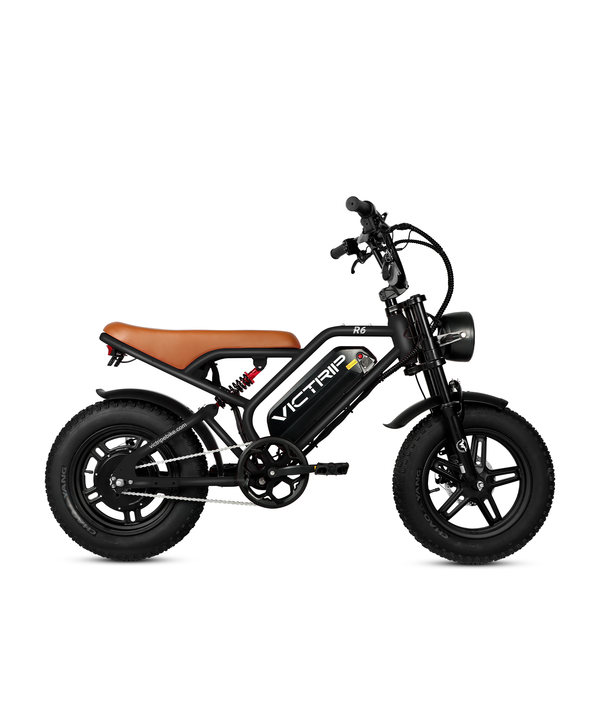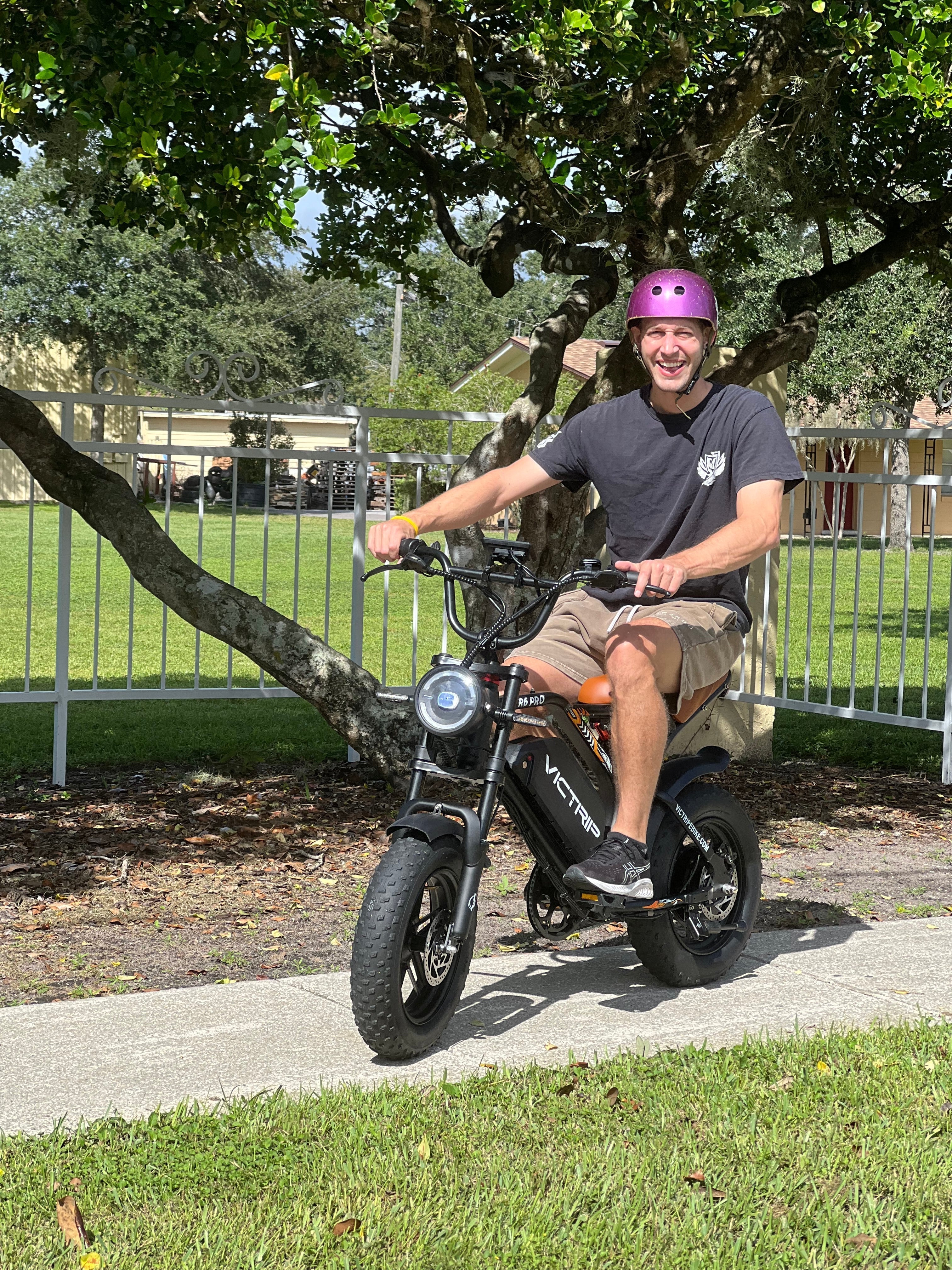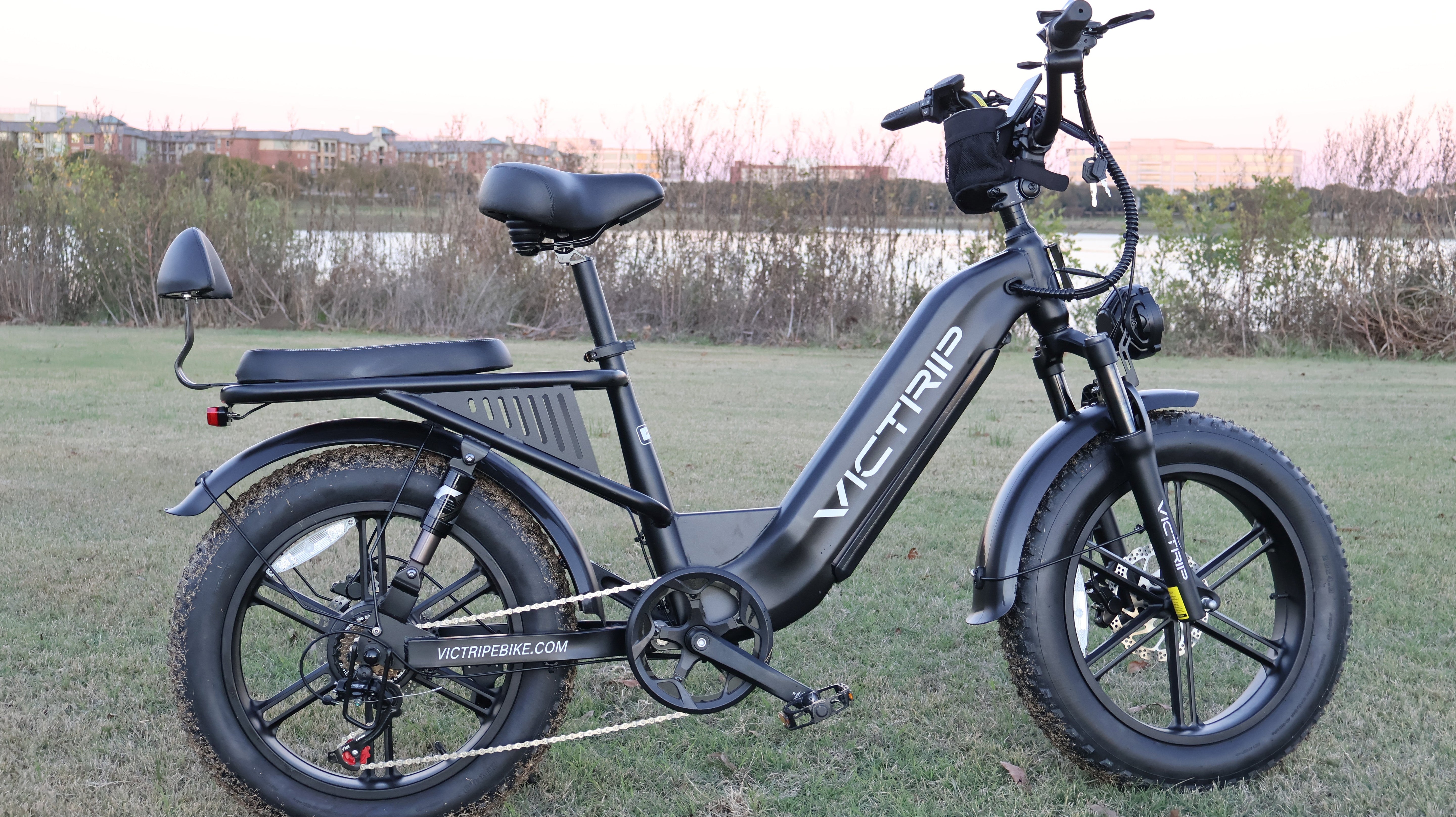
Yes — in most U.S. states teenagers can ride electric bikes, but the rules vary a lot by state and by e-bike class. Generally, many states allow Class 1 (pedal-assist) and Class 2 (throttle or pedal-assist up to 20 mph) use by younger teens (often 14–16), while Class 3 (speeds up to 28 mph) is commonly restricted to older teens (typically 16+) or adults. Helmet rules, local ordinances, and recent 2024–2025 legislative changes mean you must check state and local law before letting a teen ride.
Why e-bike age rules matter (safety, tech, liability)
E-bikes combine pedal power with motor assistance; that makes them fantastic mobility tools but also changes risk profiles. Younger riders may lack judgment, speed awareness, or experience to handle faster or throttle-enabled e-bikes — and that’s exactly why many states link age limits to class and speed. Laws are a mix of public-safety, road-sharing, and liability considerations; parents and caregivers should treat legal minimums as baseline — not a substitute for training, supervision and safety gear.
How e-bikes are classified in the U.S. (Class 1, 2, 3)
To understand age rules you need the three-class system:
-
Class 1: Pedal-assist only (motor provides assistance only while pedaling) with top assisted speed of 20 mph.
-
Class 2: Throttle-assist or pedal-assist that can propel the bike up to 20 mph without pedaling.
-
Class 3: Pedal-assist only, but assists up to 28 mph (often treated like a faster, near-moped device).
Because Class 3 machines can reach higher sustained speeds, many states impose stricter age and helmet requirements for them. Knowing a bike’s class is the first legal and safety check before teen use.
Read More: What Is A Class 3 Ebike?
National trends and what changed in 2024–2025
Recent years (2023–2025) saw two trends:
- Standardization attempts — advocacy groups and state legislatures increasingly rely on the three-class framework to harmonize rules. PeopleForBikes and other national orgs maintain state-by-state trackers.
- Local tightening after incidents — a spike in e-bike incidents in several states prompted targeted bills (helmets, age caps for Class 3, registration/insurance for high-powered models). Connecticut’s 2025 activity is a vivid example; California continues to clarify Class 3 age rules. These local changes often follow high-profile crashes and hospital data.
State-by-state summary
Because presenting all 50 statutes in one breath is dense, here's a pragmatic grouping (representative — always check your state/local code):
-
No state-level minimum age listed (local rules may apply) — Many states don’t impose a statewide minimum for Class 1/2 e-bikes but may restrict Class 3 or allow local ordinances.
-
States commonly set a 14–16 minimum for Class 1/2, 16+ for Class 3 — Several states fall here (a typical pattern).
-
States with stricter rules or recent changes — Connecticut (new 2025 measures limiting Class 3 use for under-16 and raising helmet mandates), California (Class 3 minimum age 16 and helmet rules), select counties with pilot programs imposing local age minimums.
-
States treating some e-bikes like mopeds — A few states treat higher-power e-bikes as mopeds (registration, license, insurance), which can place higher age limits. Check local statutory definitions.
Best practice: use a current, reputable checklist (PeopleForBikes, state DMV, or state legislature) for your state — laws change and local ordinances matter.
Selected state highlights (California, Connecticut, Texas, New York, Florida)
California — practical rules parents should know
California distinguishes riders by class: Class 1 & 2 usually have no statewide age floor (locals may set restrictions), while Class 3 requires riders to be at least 16. Helmets are mandatory for Class 3 and for riders under 18 in many local contexts; local pilot programs (e.g., Marin County) have imposed additional age/helmet rules. Always check the CA DMV or local county pages for updates.
Connecticut — recent 2025 updates
Connecticut tightened rules in 2025: helmet mandates and classification limits were updated, and Class 3 use by under-16s is restricted; the state also moved toward registration/insurance for higher-powered e-bikes (effective dates and details vary). These changes were prompted by a rise in e-bike–related injuries and fatalities. Parents should note new October 2025 provisions in state law.
Texas — permissive baseline, watch local rules
Texas often takes a permissive approach at the state level (definitions around top speed and power limits such as 750W are common), but minimal state-level age limits are typical; local rules and trail managers can add restrictions.
New York & Florida — helmet and class nuances
New York and Florida have varied helmet-age thresholds and local restrictions; some rules require riders under a certain age to wear helmets, and local municipalities manage trail access and Class 3 restrictions. Always check state DMV or local ordinances.
Common helmet, registration and trail rules that affect teens
-
Helmet laws: About half the states have some helmet requirement for minors on bikes/e-bikes; a subset requires helmets for all e-bike riders. Identify your state’s helmet age threshold.
-
Registration & licensing: Most Class 1/2 e-bikes escape motor-vehicle style registration, but higher-powered e-bikes (and those defined as mopeds) may need plates/licenses in certain jurisdictions. That often raises minimum age indirectly.
-
Trail & bike-path access: State and local park rules govern trail access — some trails allow Class 1 but prohibit Class 2/3. Teens may be allowed on roads but restricted on trails. Check park authority rules.

Practical checklist for parents before letting a teen ride
-
Confirm the e-bike class and top assisted speed. Class 3 often has stricter age rules.
-
Check your state DMV / legislature page and local city ordinances. Use PeopleForBikes or your state site as a starting point.
-
Helmet first — choose a certified bicycle or multi-sport helmet rated for higher speeds.
-
Match bike size and controls to the teen’s body and skills (no oversized frames).
-
Disable or block throttle where local law or parent preference suggests.
-
Supervised practice in a low-traffic area and a riding skills checklist (stopping, emergency braking, scanning).
-
Consider insurance/registration if local law requires or if higher-powered e-bike.
Teaching a teen to ride an e-bike: step-by-step
- Begin with a non-powered bike review (balance, braking).
- Introduce electric assist at low power on flat ground — use Class 1/pedal-assist first.
- Practice starts/stops and emergency braking — incorporate a parent demonstration.
- Teach road rules, signaling, and scanning; emphasize blind spots.
- Progress to busier environments only when skills and judgment are proven.
- Explain legal constraints: class, local curfews, and helmet requirements.
Buying guide: what to look for in a teen e-bike
-
Motor power and top speed (prefer a Class 1/2 limited to 20 mph for most teens).
-
Throttle vs. pedal-assist: throttle bikes are easier to misuse; pedal-assist fosters skill.
-
Battery placement & weight: lighter, lower center-of-gravity bikes are easier to control.
-
Frame fit & adjustable seat stem: fit reduces crash risk.
-
Speed limiters / parental-control features: some models offer app-based limits — highly recommended.
-
Reliability & local dealer support for maintenance and safety checks.
The VICTRIP R6 is often highlighted as a compact, stable option that balances performance and safety features. With its thoughtful frame design and controlled power output, it’s a model that parents may consider for teens — provided local state laws permit and proper safety measures (helmet, training, supervision) are in place.
TOP PICK

VICTRIP®R6 Off Road Ebike
Enforcement & liability: what parents need to know
Enforcement varies widely: some police departments issue education-first warnings to teens, while others enforce fines for helmet or age violations. Civil liability in crashes can implicate parents (especially when minors are involved) if negligence or defective modifications are factors. Never modify an e-bike beyond legal specs; many serious collisions involve heavily modified units. Recent legislative pushes targeting high-powered or modified e-bikes mean enforcement trends may tighten regionally.
Conclusion — balanced view and next steps
Can Teenagers Ride Electric Bikes in 2025? Age Restrictions by State — the short answer: yes, often — but with strong caveats. Rules vary by state and by e-bike class. Class 1 and 2 models are usually more accessible to younger teens; Class 3 is commonly restricted to older teens or adults. Helmets, local ordinances, and recent safety-driven legislation (notably in states like Connecticut and California) mean parents should verify local law and follow best-safety practices before allowing a teen to ride. Use this guide as a practical primer — then check your state DMV or official legislative resources for the current text.
FAQs
Can Teenagers Ride Electric Bikes in 2025? Age Restrictions by State — is there a single federal rule?
No. There’s no single federal minimum age for e-bike operation in the U.S. Rules are set at the state or local level and often depend on the e-bike class. Always check your state’s statutes, DMV page, or a trusted tracker like PeopleForBikes.
Are helmets mandatory for teen e-bike riders?
It depends. Many states require helmets for riders under a certain age (commonly under 16 or 18). A few states require helmets for all e-bike riders. Even where not legally required, a certified helmet is strongly recommended.
Can a 14-year-old ride a Class 2 e-bike?
Many states permit 14- to 16-year-olds on Class 1/2 e-bikes, but exceptions exist and local ordinances may impose tighter limits. Class 3 is frequently restricted to 16+. Check local law.
What if the e-bike is modified to go faster — does that change legal status?
Yes. Modifications that increase power or speed can reclassify an e-bike as a different vehicle (moped/motorcycle) under state law, triggering registration, licensing and higher age limits — and increased enforcement. Don’t modify the motor or controller.
Where can I check my state’s current e-bike rules quickly?
PeopleForBikes maintains a state-by-state resource; state DMV websites and recent NCSL primers are also reliable starting points.




Share:
Fat Tire Electric Bike Benefits for Heavy Riders
How to Pick the Perfect E-Bike for Teenagers?